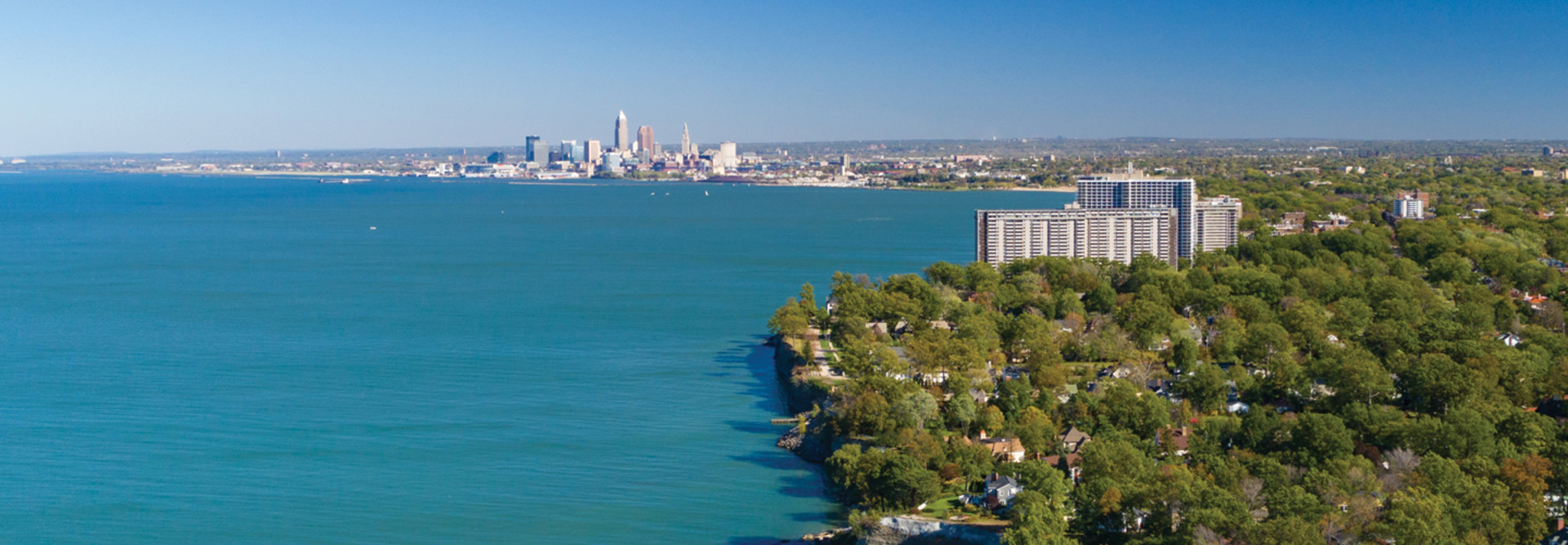‘Smart Lake’ Technology Can Help States Monitor Water Health
Lake Erie may be well known for its historic connection to the Erie Canal or for its proximity to Niagara Falls, but until recently it was not known as being “smart.”
That’s starting to change thanks to a project known as Smart Lake Erie, which is led by the nonprofit Cleveland Water Alliance. The CWA works with researchers, academia, corporations, government and utilities, Cleveland.com reports.
In the past several years, a few “smart lake” initiatives have taken hold in an effort to combat harmful algae blooms, which can contaminate water supplies and threaten public health. Smart lake programs can also help states and cities that rely on lakes for tourism and economic growth.
Although still a nascent movement compared with much more widely deployed smart city solutions, smart lake technology will likely become more prominent as fresh water becomes a scarcer natural resource.
SIGN UP: Become an Insider for free and get access to exclusive smart city stories.
Smart Lake Erie Looks to Protect a Great Lake
Harmful algae blooms occur when algae grows out of control, as Smart Cities Dive reports, but it is unclear why exactly they occur, according to the National Oceanic and Atmospheric Administration. Pollution, climate change, changes to water flow and the presence of different nutrients in the water may be factors, NOAA says.
HABs, as they are known, can contaminate water supplies, harm public health and the environment and also lead to economic losses via less tourism, harm to fisheries and decreased property values.
“This is a really big disruption to fish habitat and other aquatic plants and animals every single summer,” Max Herzog, program manager for Smart Lake Erie at CWA, tells Smart Cities Dive. “And it also has really significant impact on the regional economy, particularly around tourism and recreation as well as property values.”
Sensors on Lake Erie already measure a variety of things, including wind speed, water temperature, air temperature, wave height, pH, dissolved oxygen and toxins, according to Cleveland.com.
The Smart Lake Erie project includes the deployment of distributed sensors, satellite spectrometry, real-time telemetry and advanced algorithms to understand nutrient and toxin dynamics in Sandusky Bay, a bay on Lake Erie in northern Ohio.
The sensors are designed to identify nutrient and toxin hotspots, enable projects to reduce such toxins and allow for real-time responses to changes on the lake, according to a project description from US Ignite.
According to Smart Cities Dive, “Smart Lake Erie plans to launch the first scaled pilot of a high-frequency watershed water quality sensing program this summer” in partnership with the Ohio Department of Natural Resources.
The goal of the pilot is to demonstrate the ability of lower-cost, higher-frequency monitoring to gather high-resolution data without sacrificing quality.
“To really see the reductions in nutrients that we need to see in order for our region to really clean up from an ecological perspective, we need to be able to monitor and assess the impacts of various projects that are meant to reduce that nutrient pollution and gather the data to adaptively manage those projects to improve their efficiency and maintain their efficiency,” Herzog tells Smart Cities Dive.
IBM Helps Monitor the Health of Lake George
The Smart Lake Erie project builds on a similar one that started on New York’s Lake George in 2013. That started as a partnership between IBM, the FUND for Lake George and Rensselaer Polytechnic Institute.
The initiative, known as the Jefferson Project (named after Thomas Jefferson, who was a fan of the lake, according to Information Week), “deployed more than 500 sensors throughout Lake George on 52 intelligent sensor platforms that provide real-time data on various conditions, such as currents,” Smart Cities Dive reports. The sensors, loaded on robotic buoys, can measure water temperature, pH and levels of chlorophyll.
Harry Kolar, an IBM fellow and associate director of the Jefferson Project, tells Smart Cities Dive that the project includes weather stations on the buoys themselves as well as on rock outcroppings in and around the lake and in the lake’s tributaries.
The weather stations communicate with each other using artificial intelligence, machine learning and Internet of Things technologies to aid in the project’s modeling capabilities.
Herzog of CWA says that entities looking to launch similar projects on lakes near them should take a regional approach, bringing in all governmental and other stakeholders.
“In a lot of cases the technologies already exist, it’s a matter of figuring out how can we get them implemented properly and how can we sustain the deployment and maintenance of those technologies, and continue to manage it in an iterative and dynamic way,” he tells Smart Cites Dive. “That really requires full-scale and deep collaboration with all the stakeholders and buy-in at a number of levels.”
MORE FROM STATETECH: What is smart water technology and how can it help utilities?









